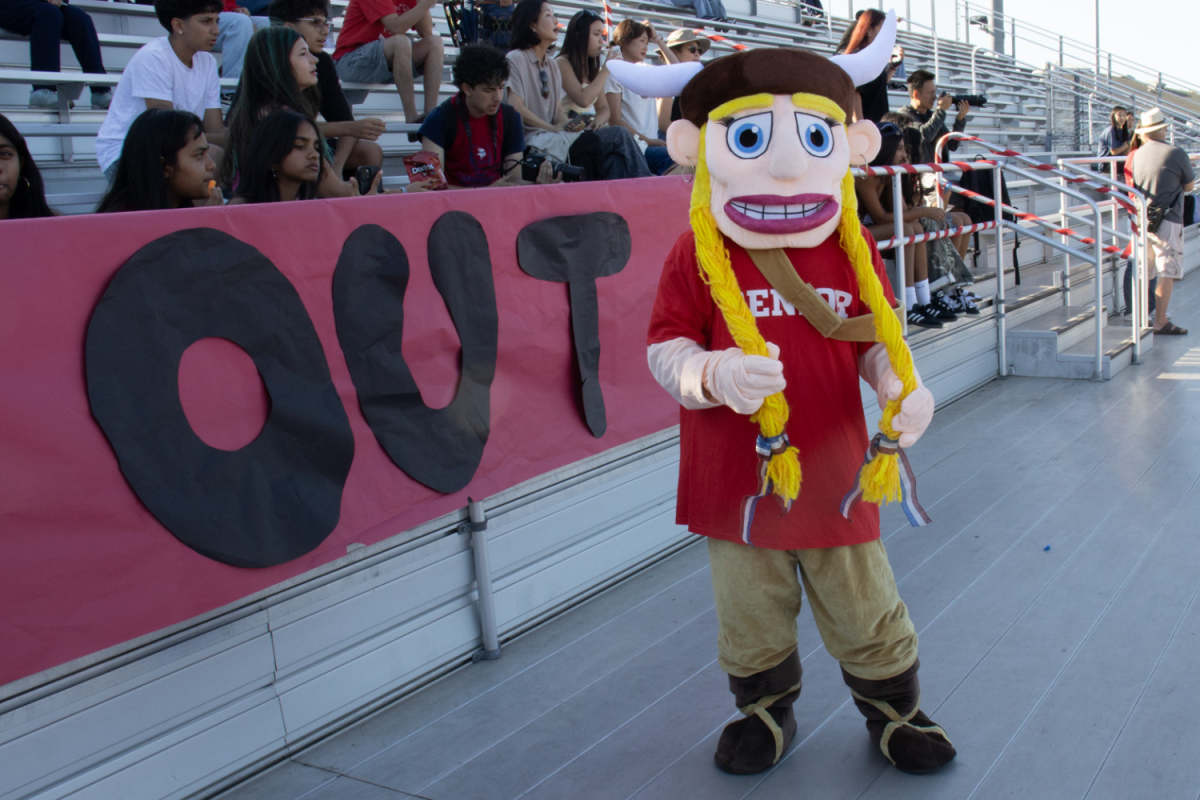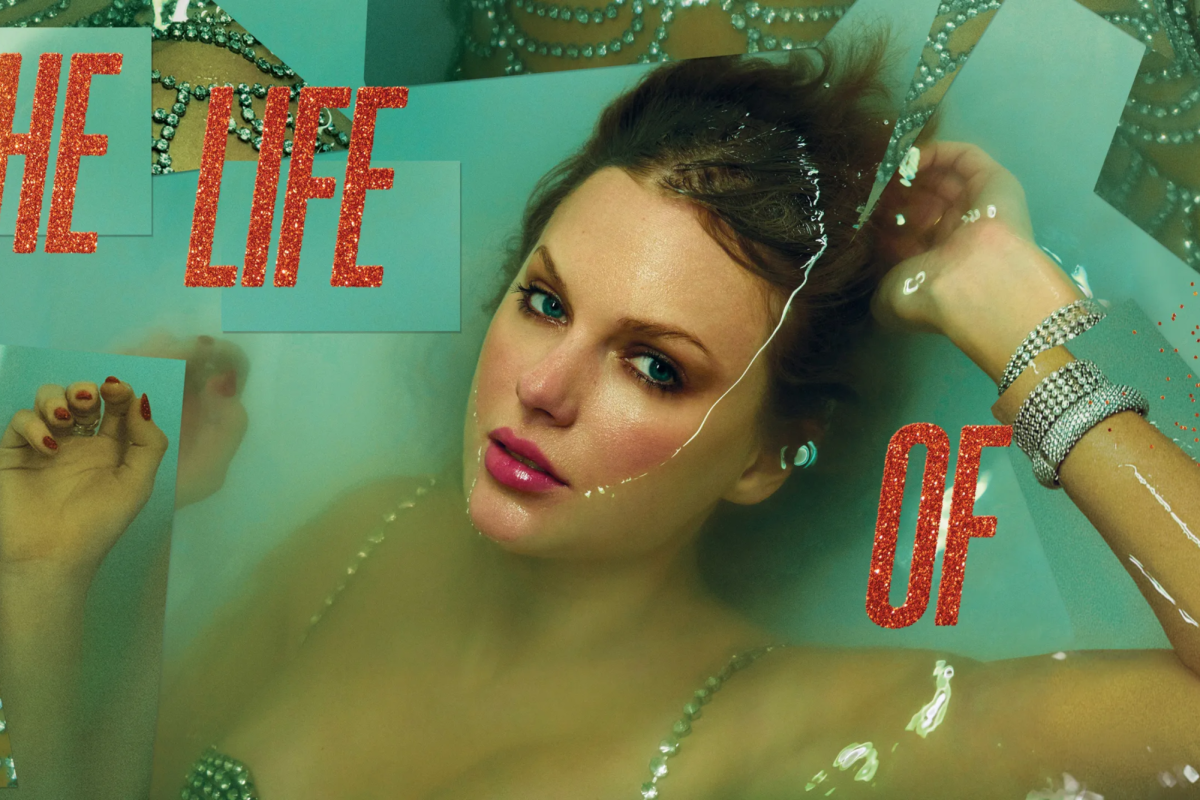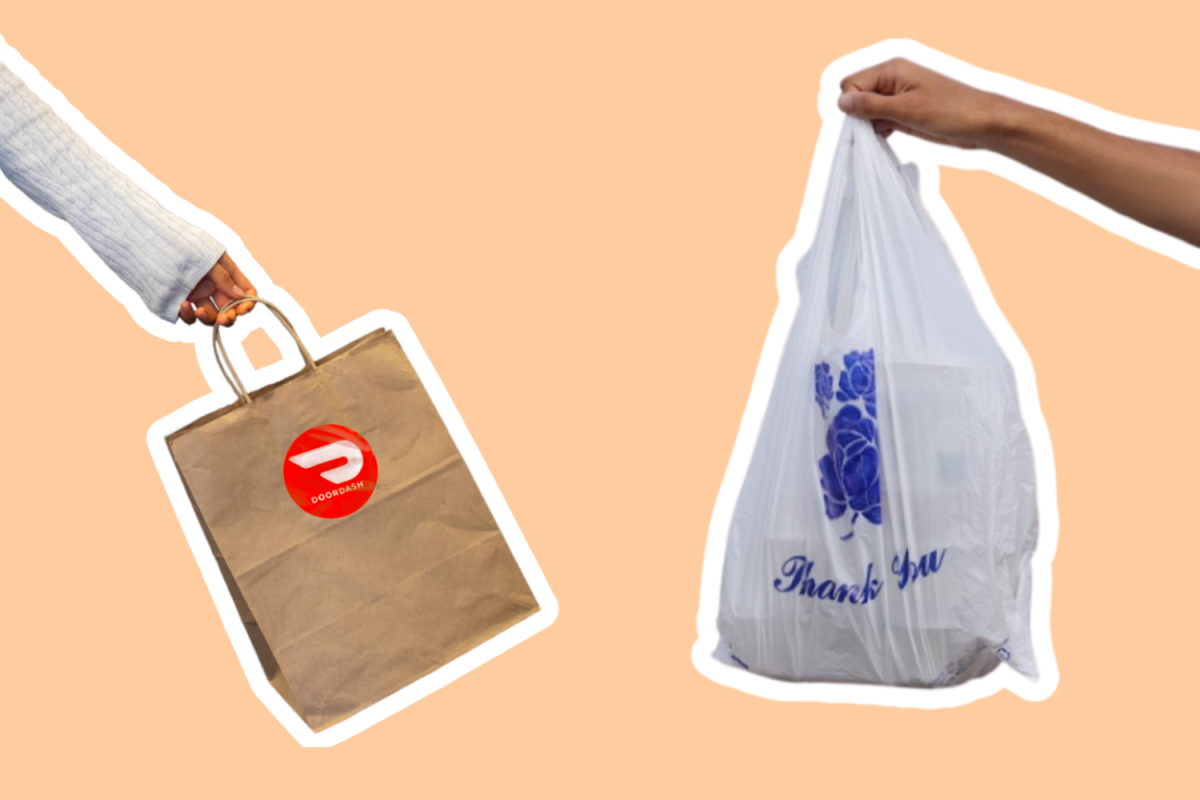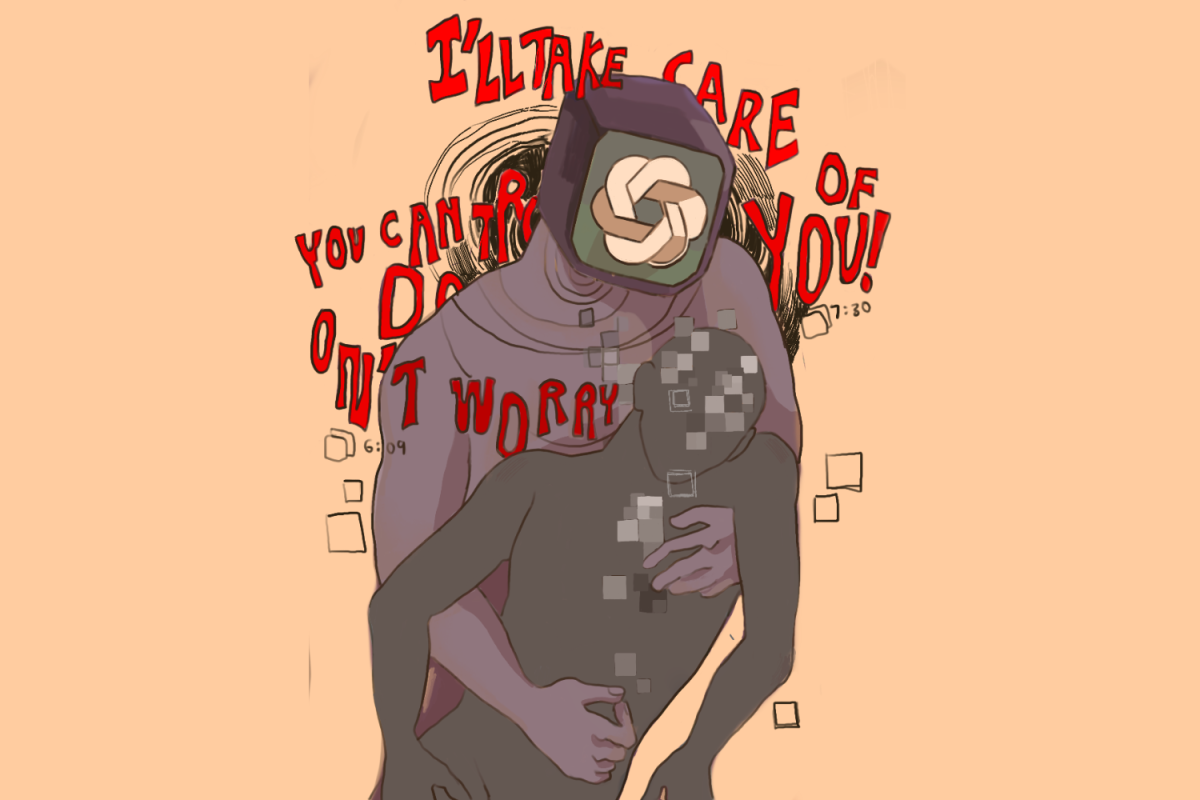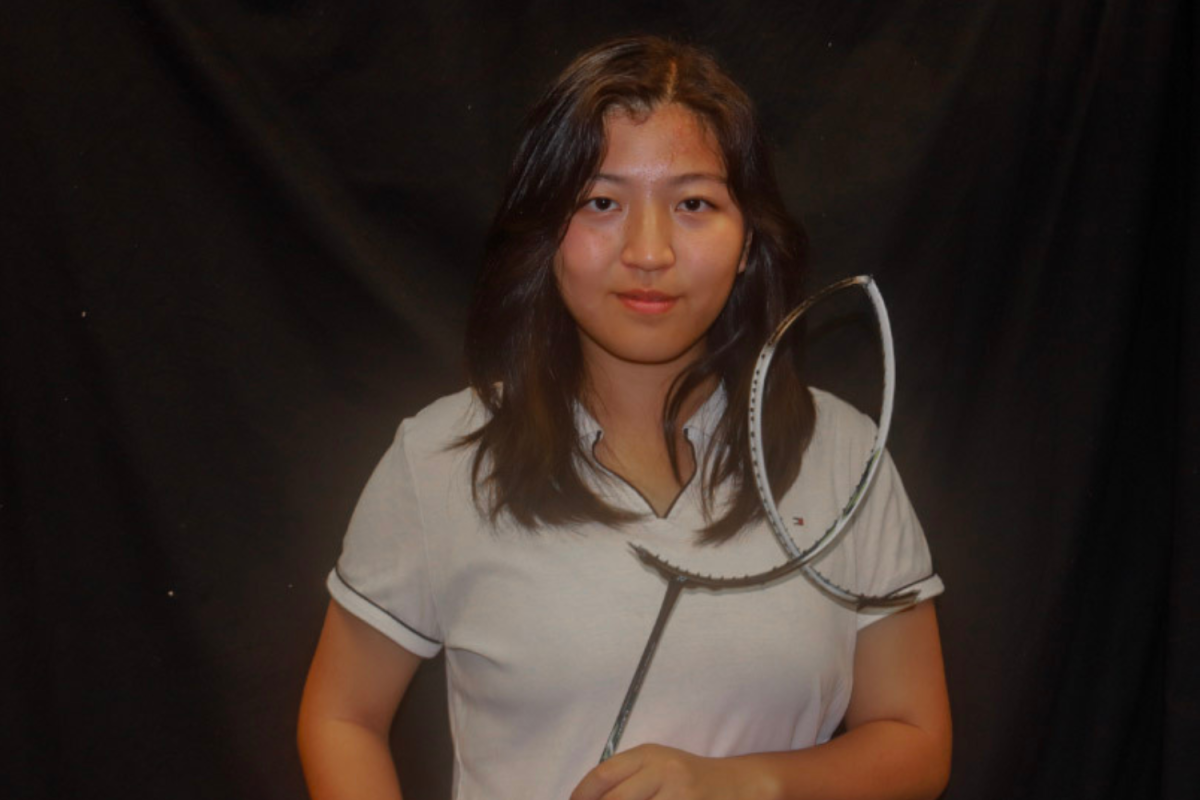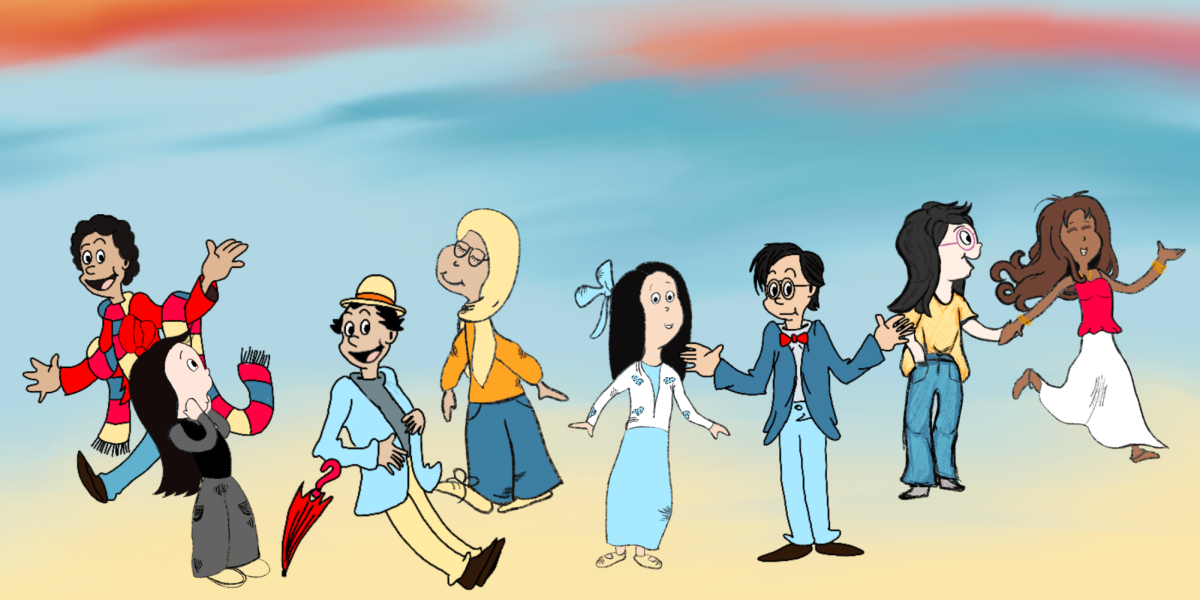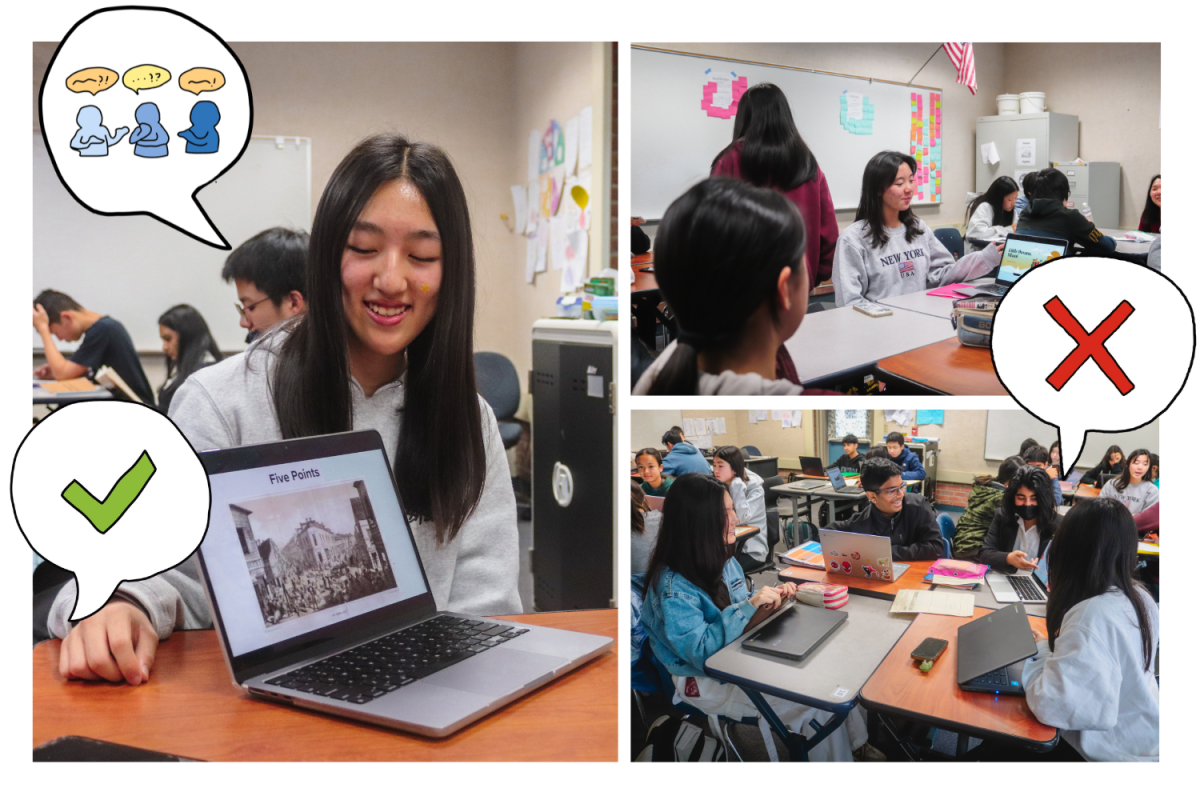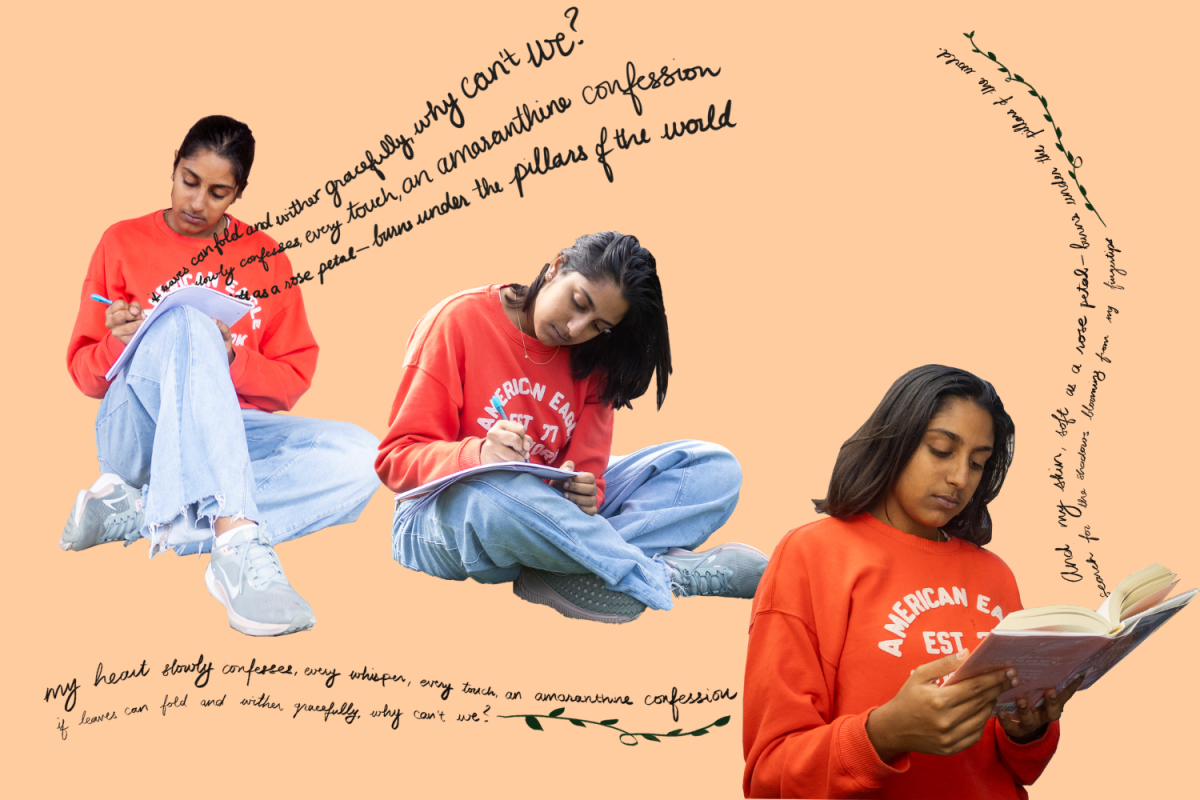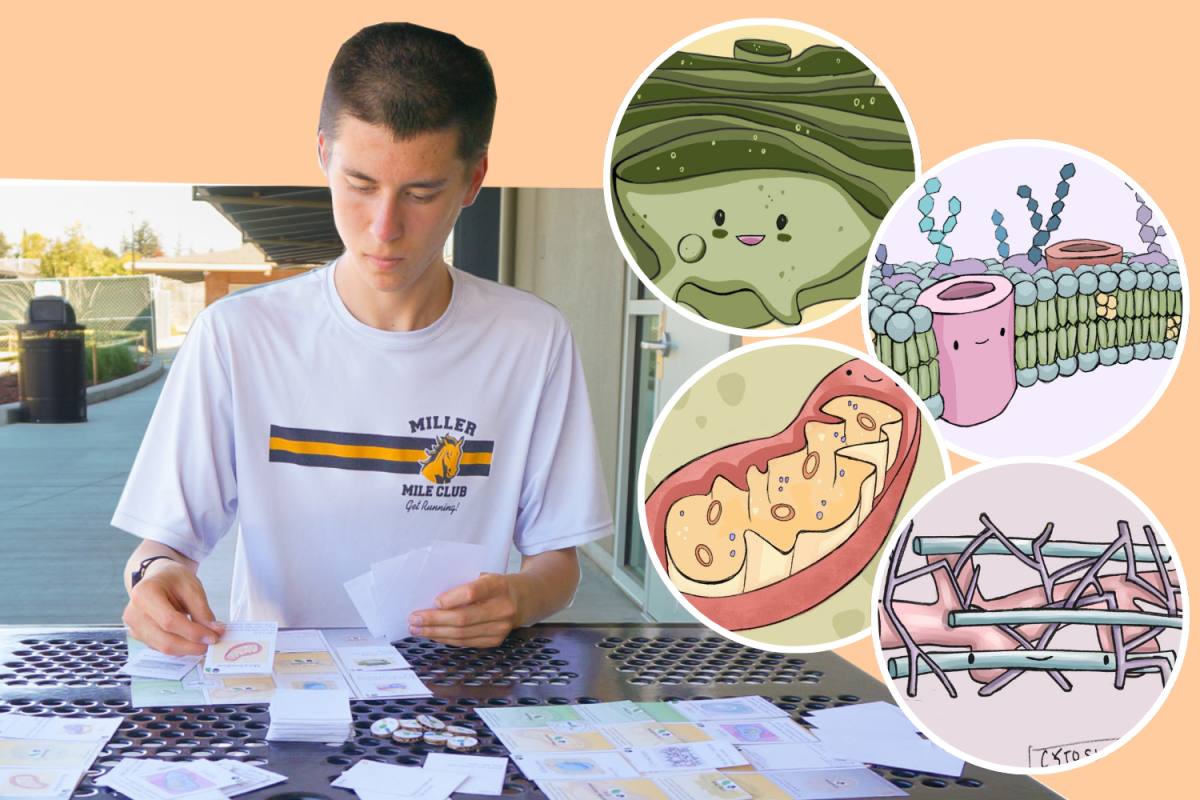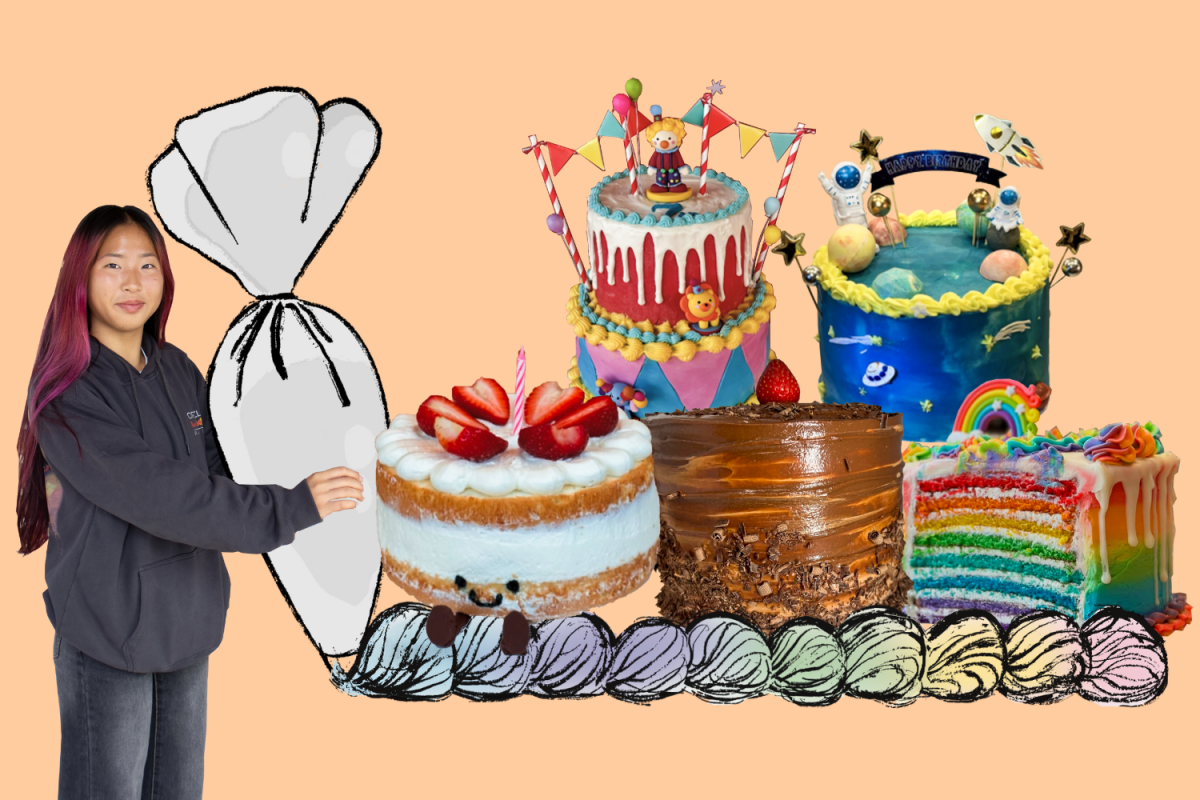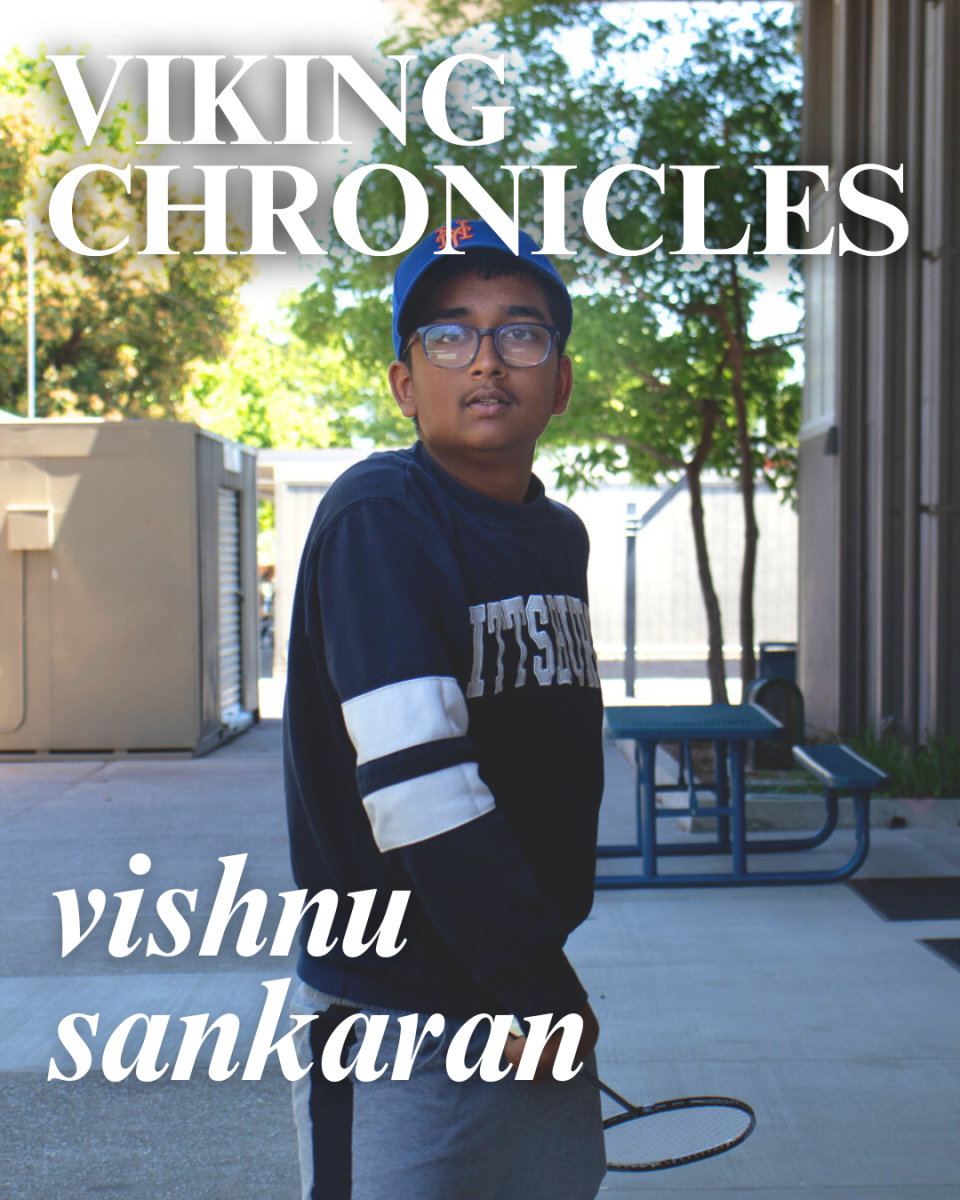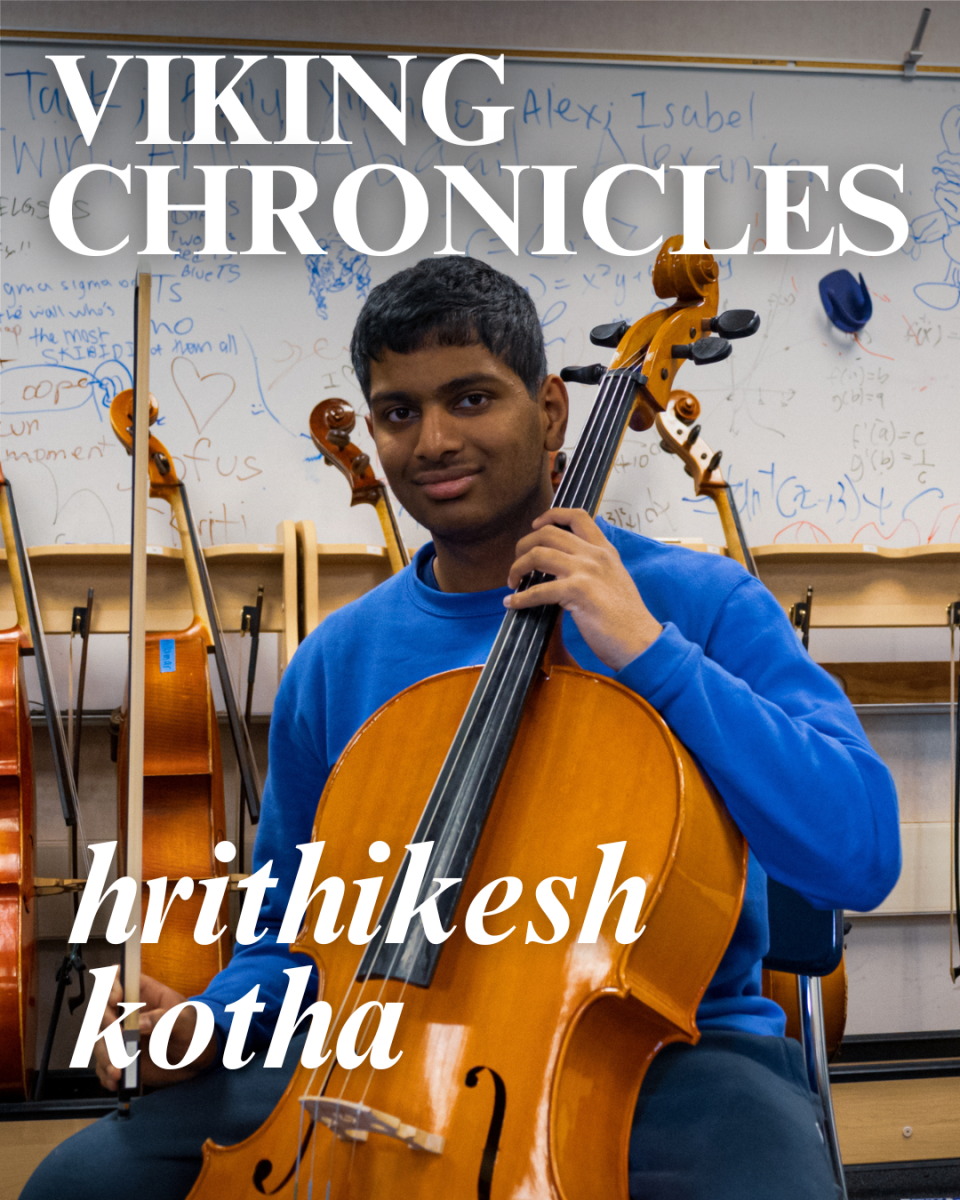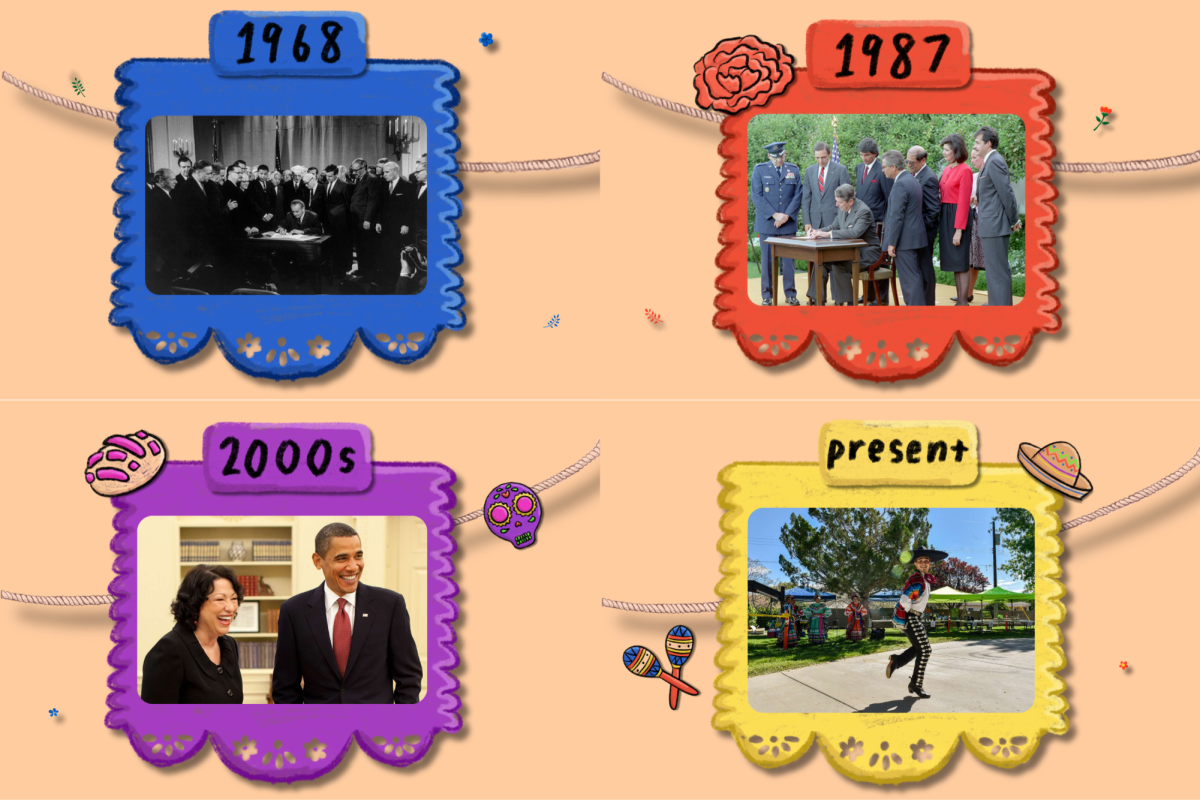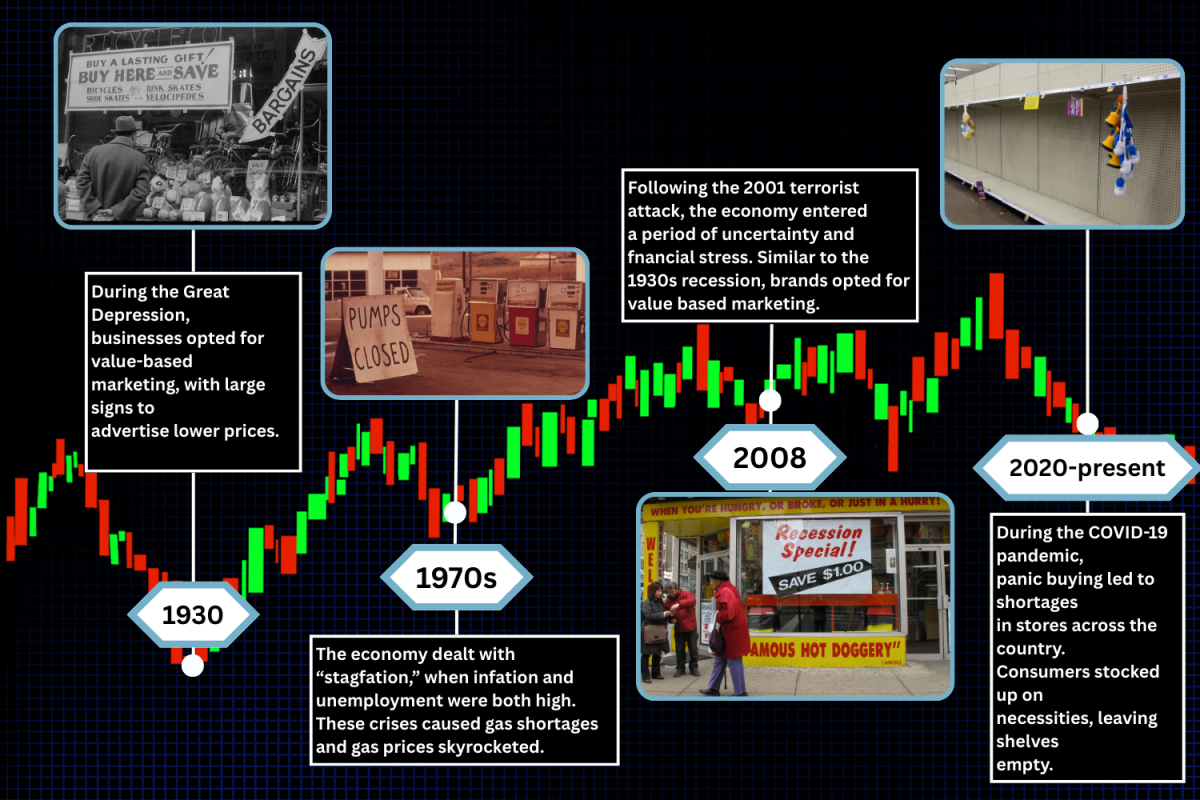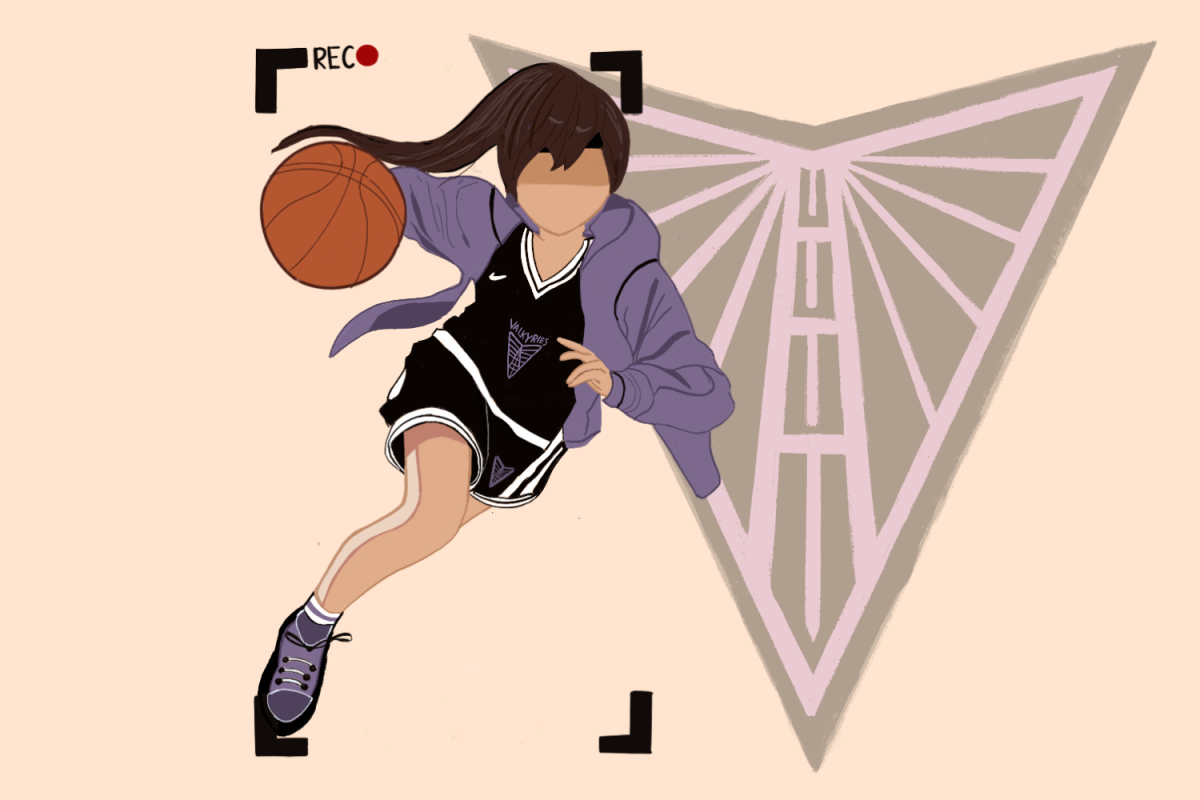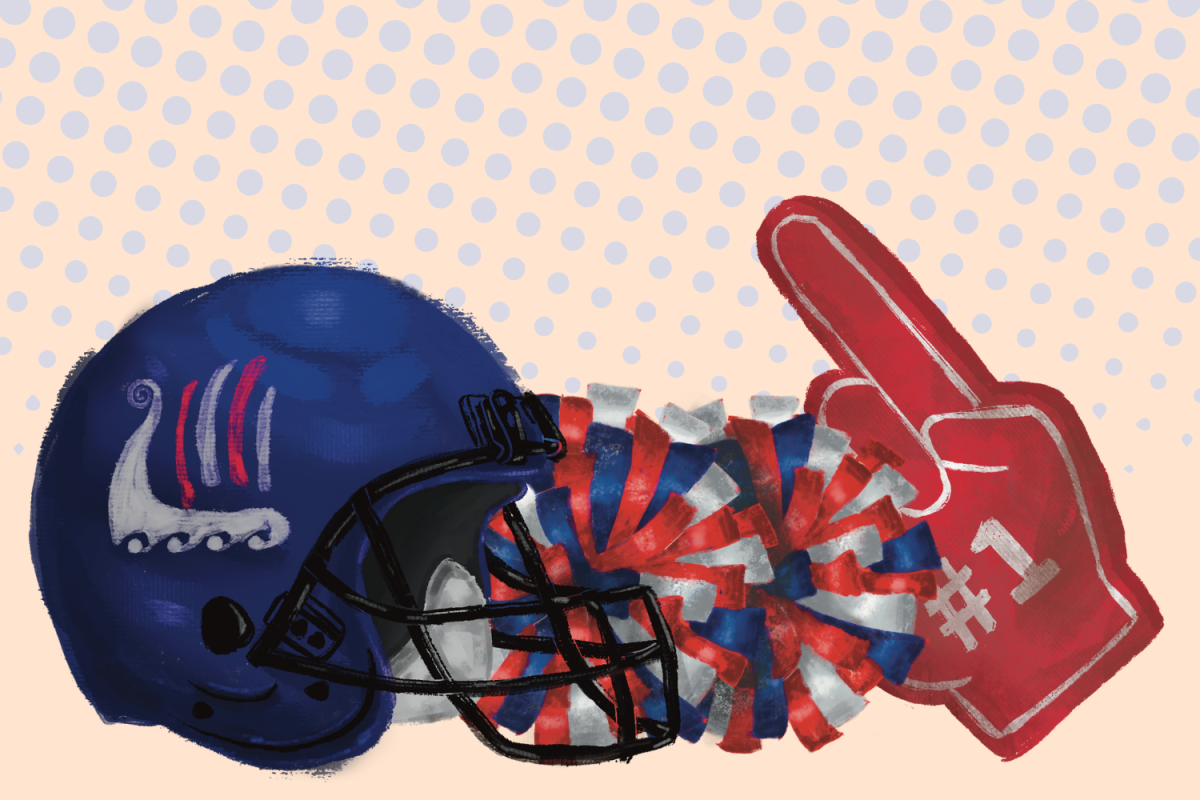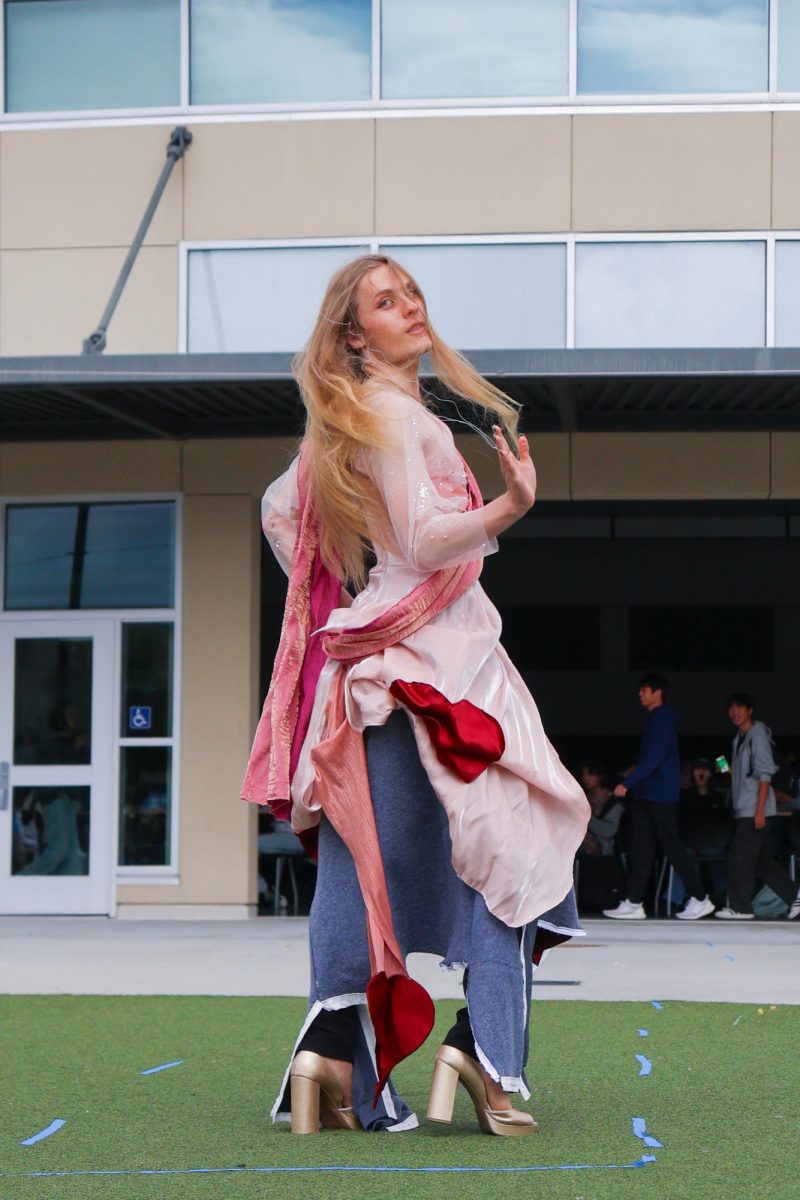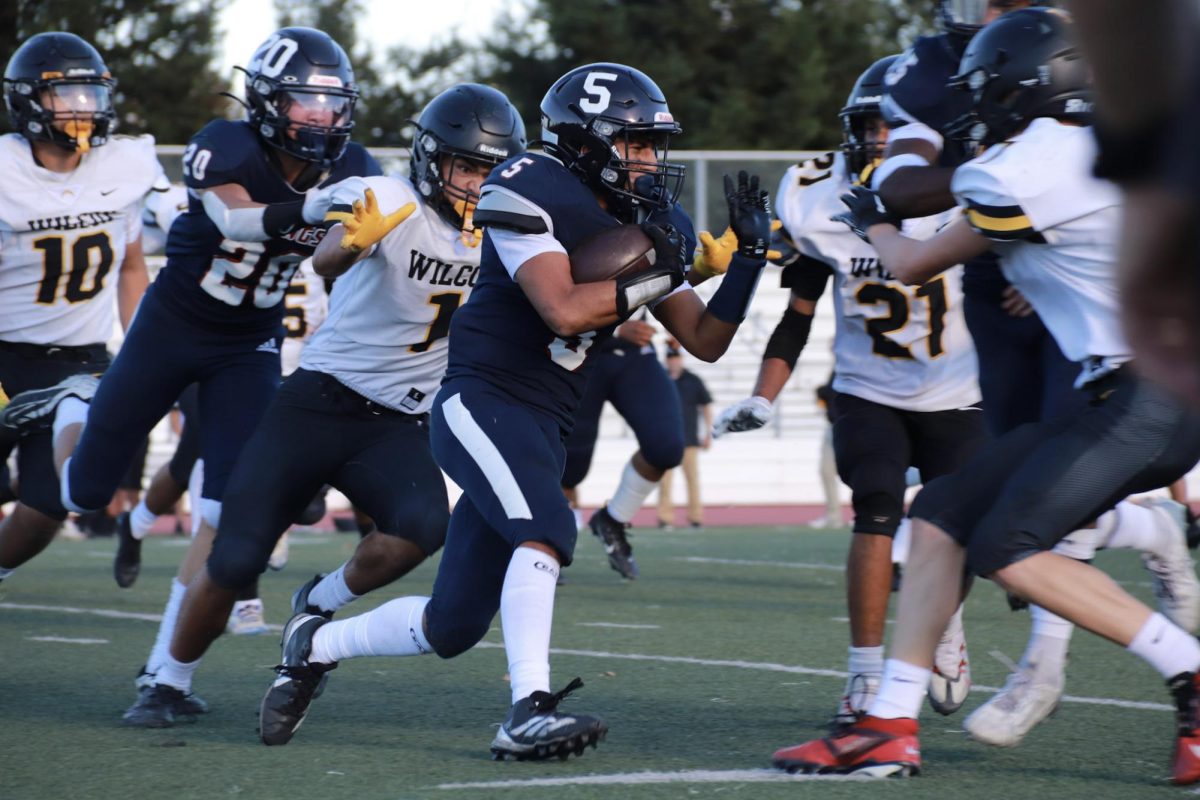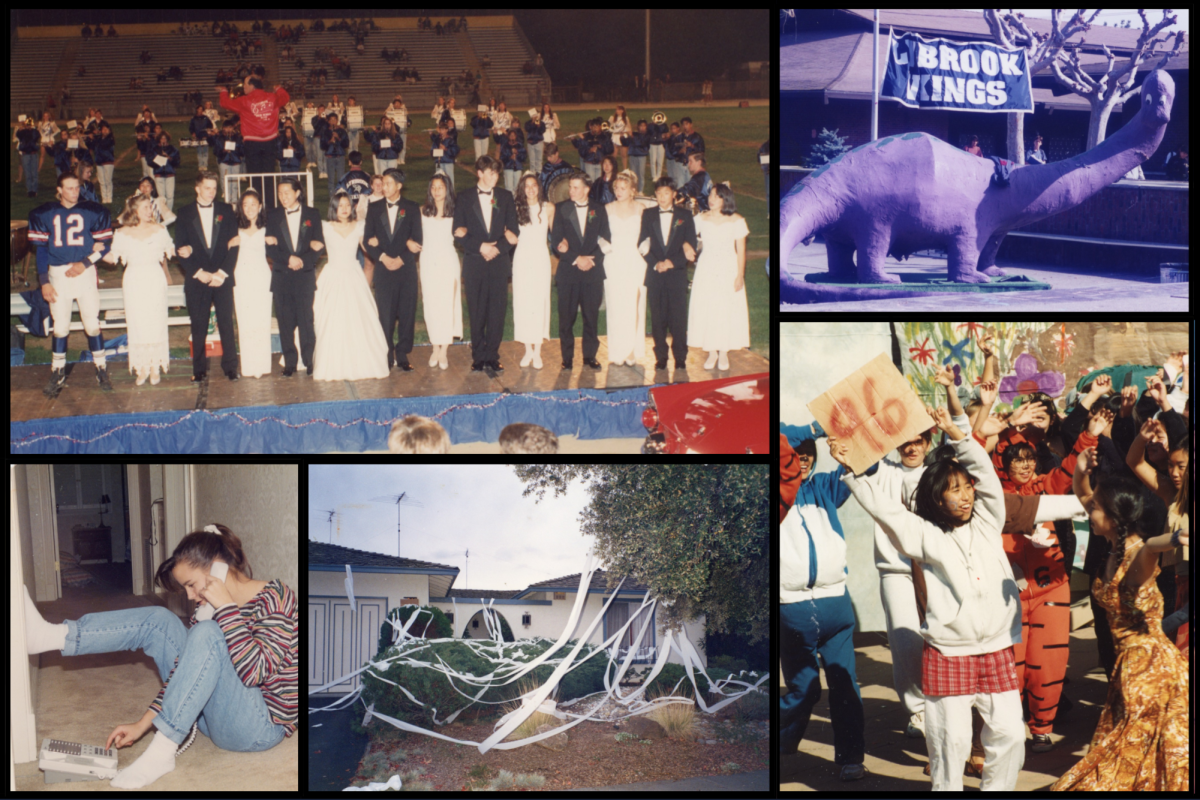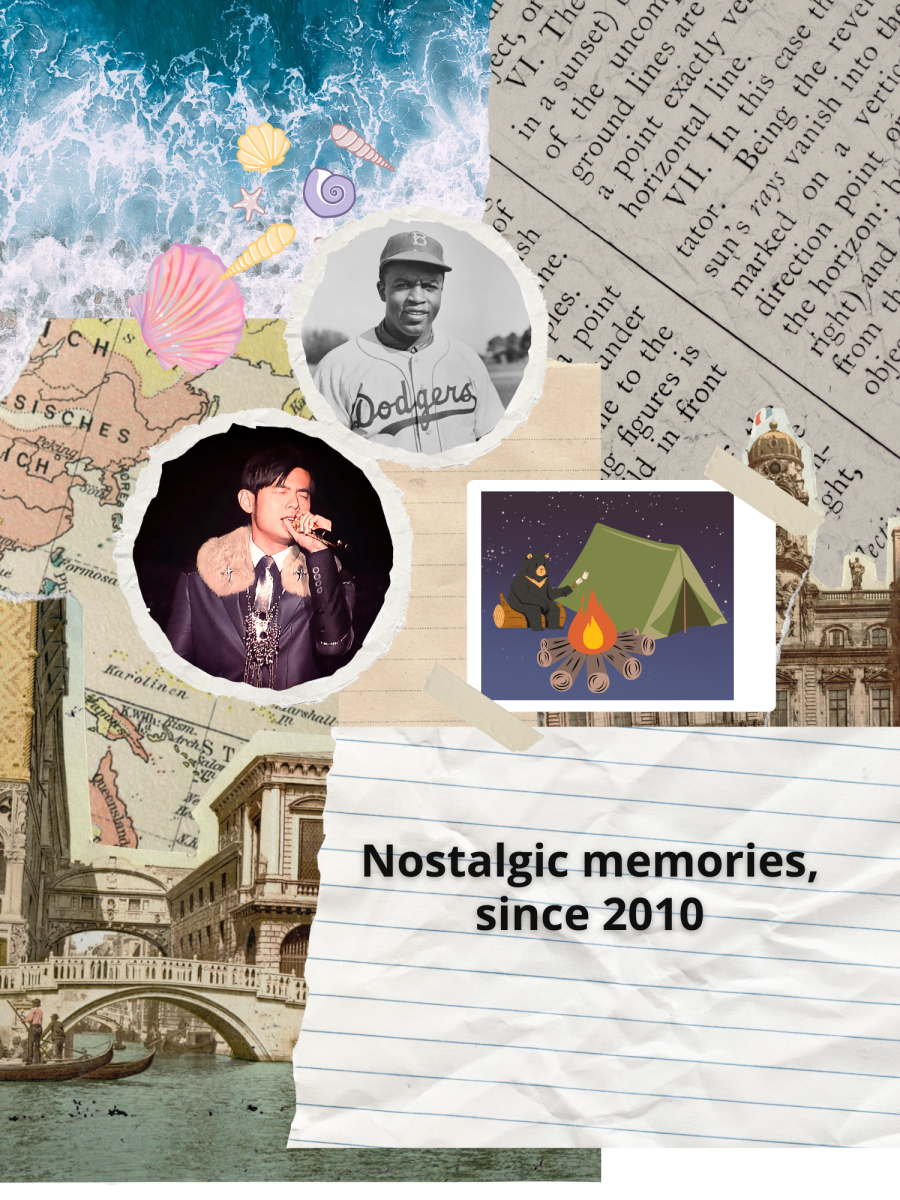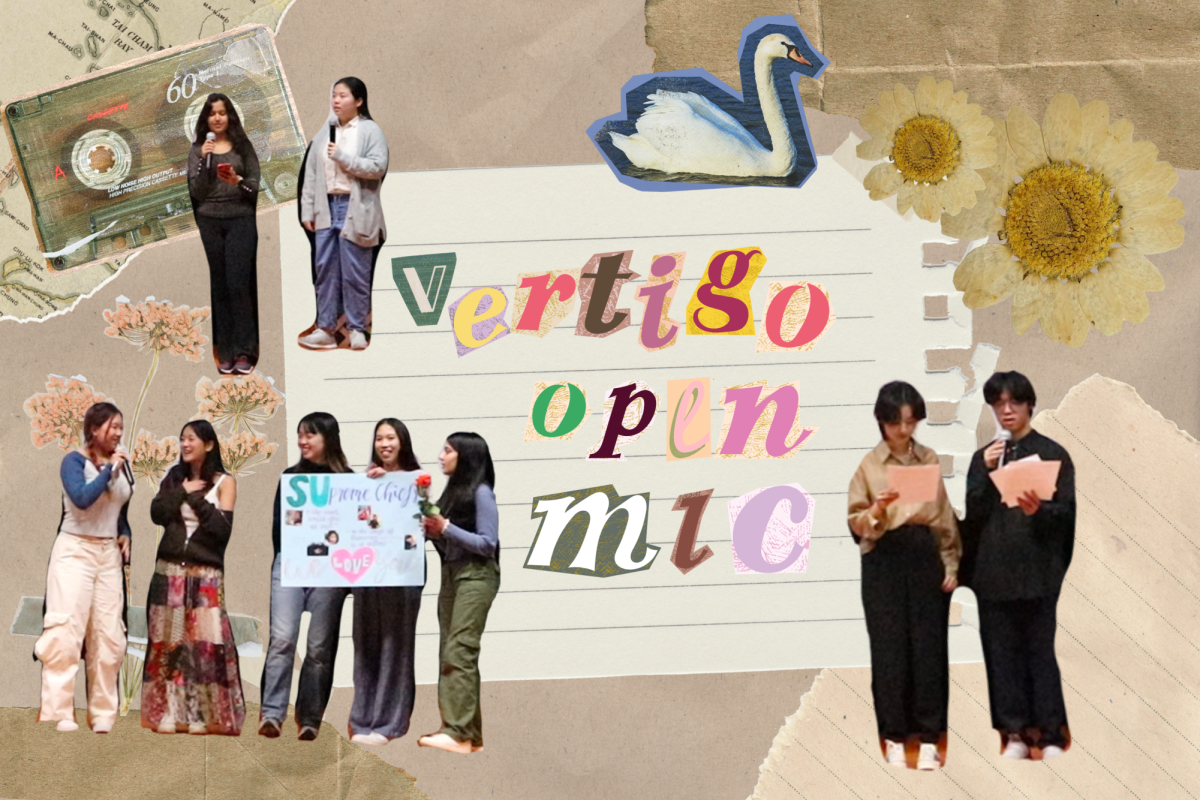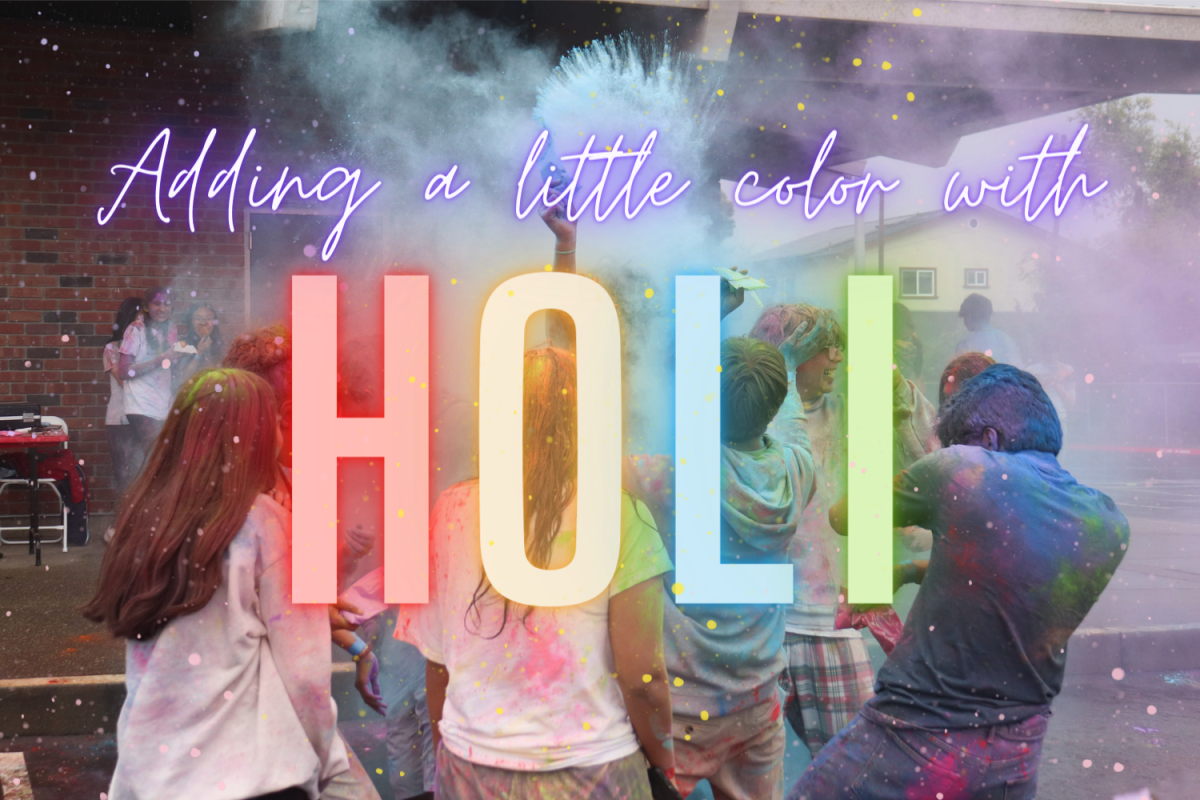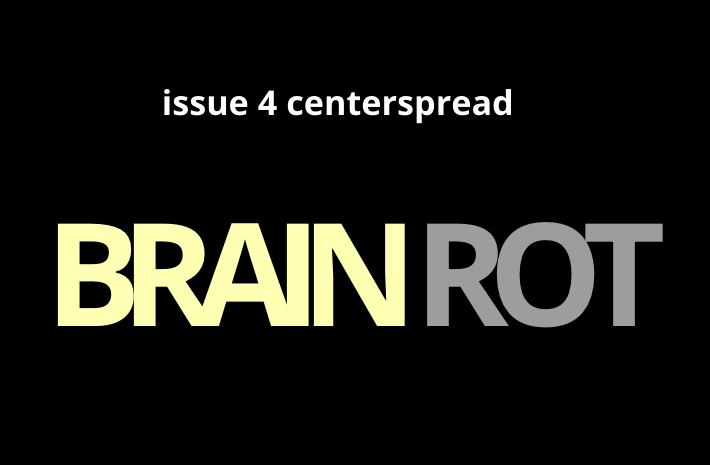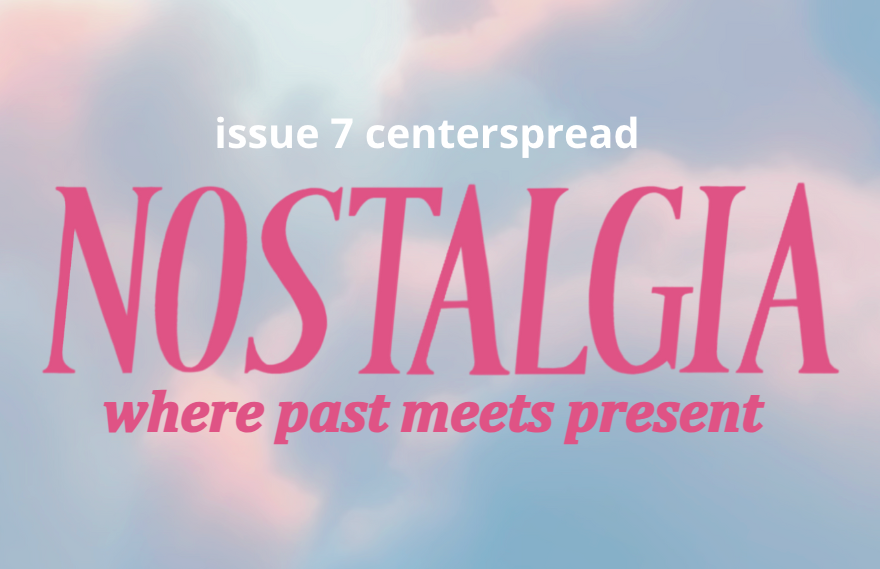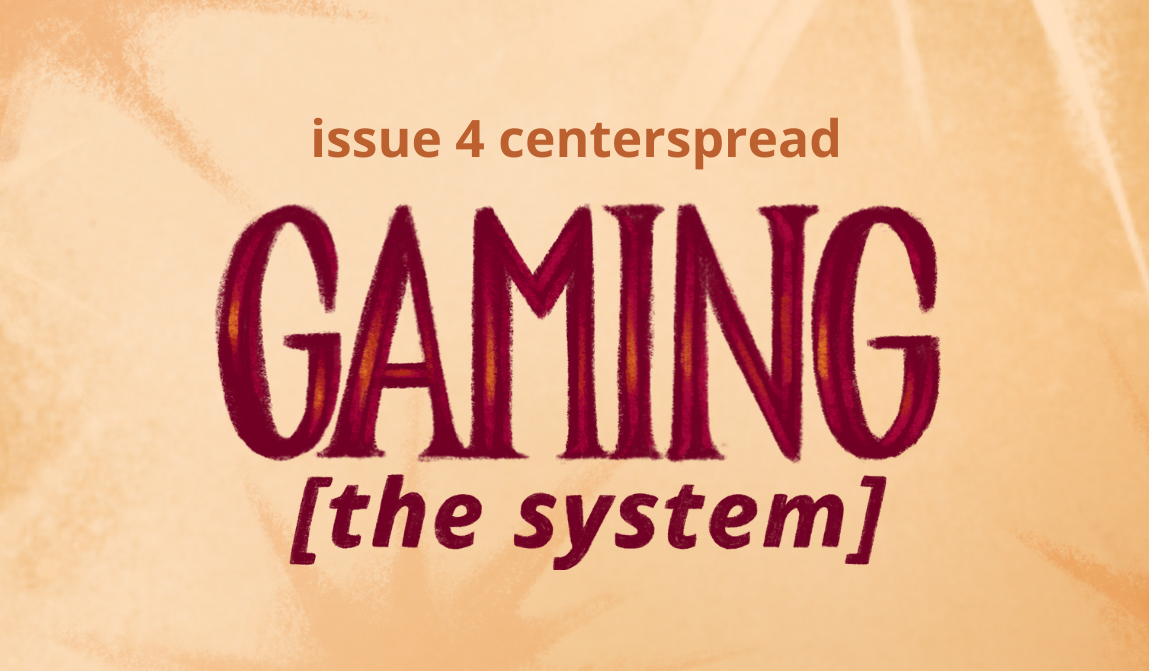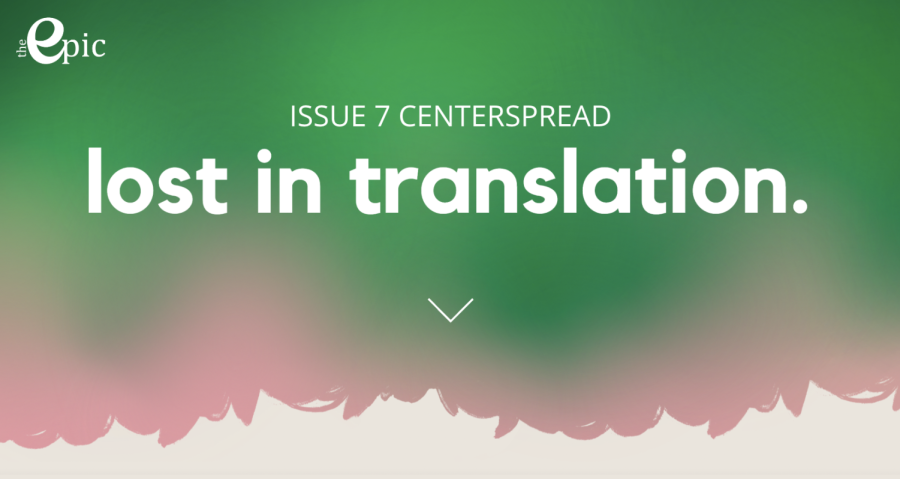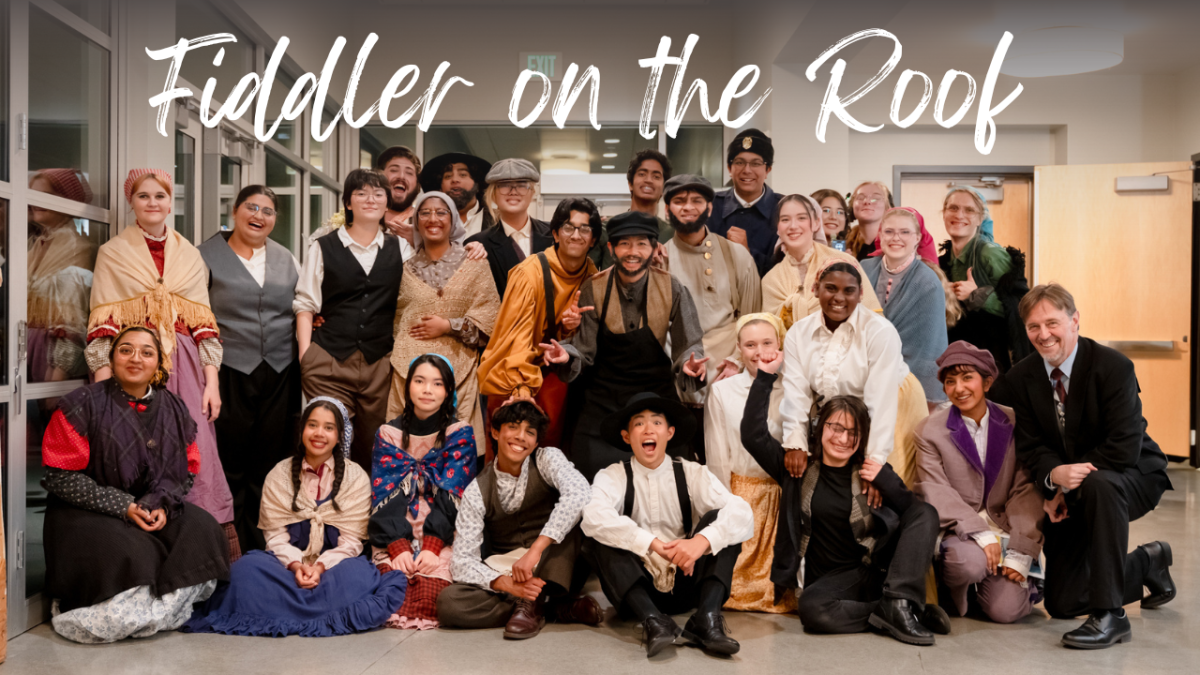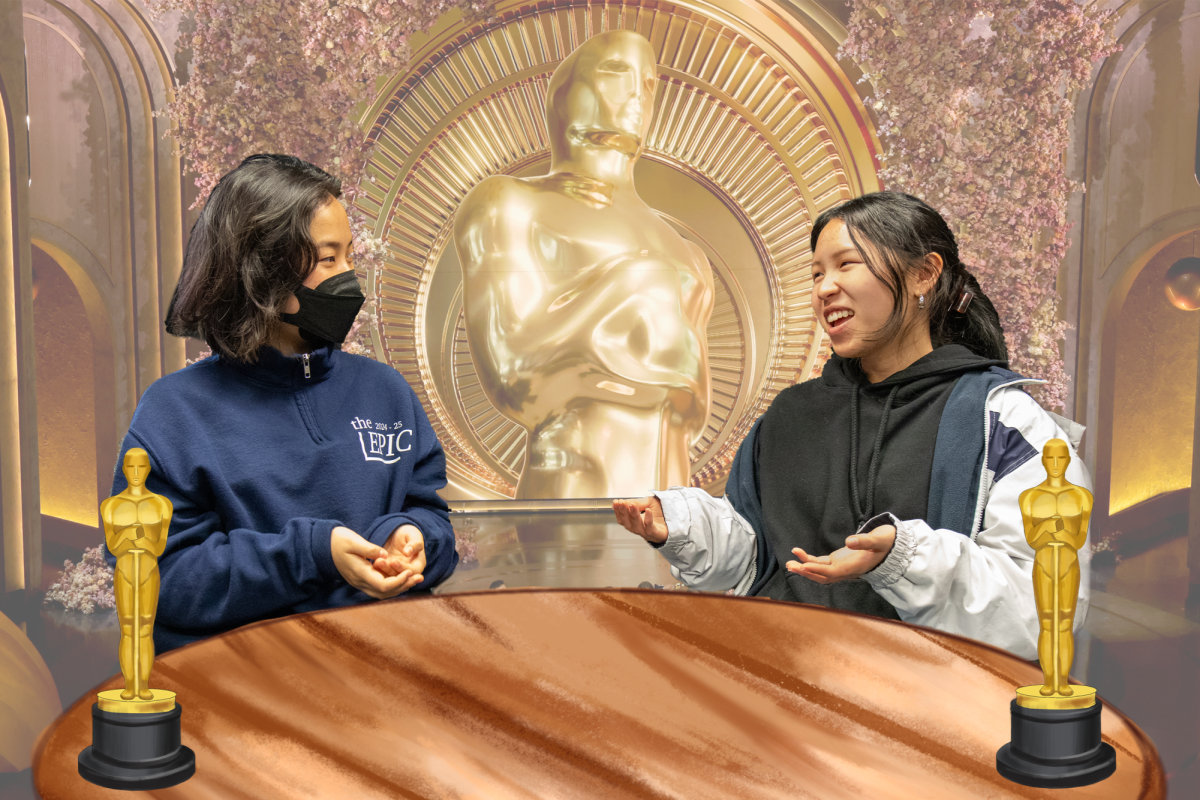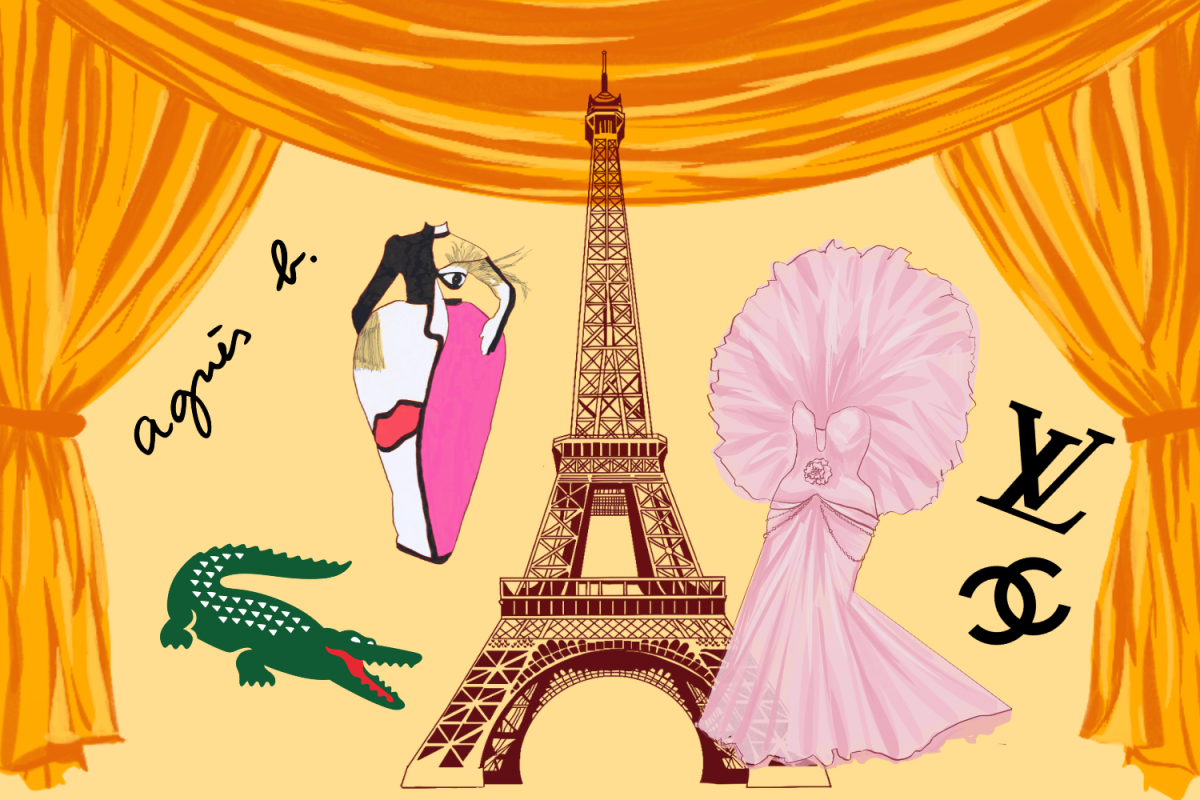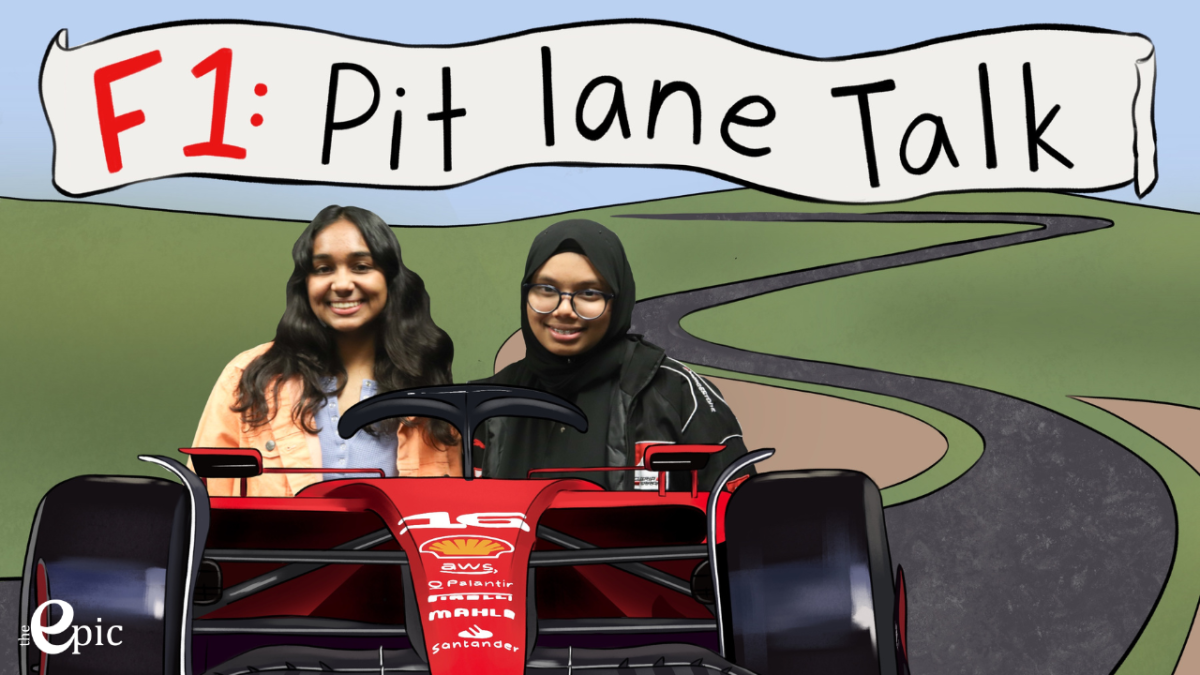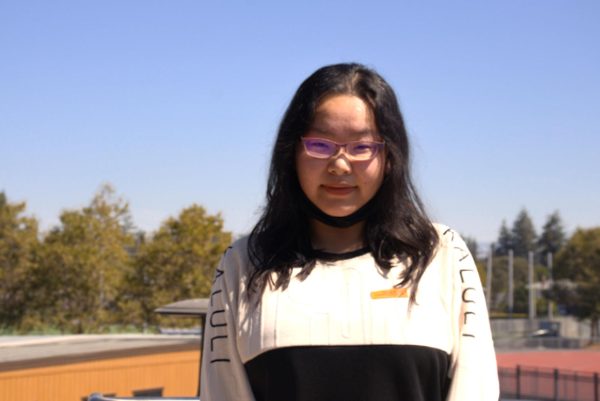When Taylor Swift announced her new album, “The Life of a Showgirl,” the world stopped in its tracks. With Swift, a musical event becomes a full-on economic movement. In the case of “The Life of a Showgirl,” it’s hard to ignore how much of her work is packaged as a product before art.
While marketed as glamorous and self-aware, the album rollout has been flooded with vinyl variants, limited edition merch and exclusive drops designed to drive sales over a meaningful listening experience. Swift’s interactions with her fandom seem both deeply personal and strategically marketed, which allows her to sell a sense of intimacy. Other than the divided response to the album’s music, those who support Swift as an artist seem to support the sales numbers and the marketing tactics as well.
However, on social media platforms, there has been a noticeable shift in perspectives. Some Swifties are beginning to express frustration with Swift’s increasingly commercial strategies, and according to Newsweek, Swift lost around 200,000 followers on Instagram in the span of one month after the release of this new album. Fans are starting to question the authenticity of Swift’s public persona: when everything about an album is built to be bought, are they still fans of the music, or just the brand?
While Swift has leaned into merch-heavy releases before, this album ramps it up to an exhausting degree. There are multiple vinyl colors and exclusive editions, like the “neon pink,” “electric blue” and “golden hour” vinyls that each come with a unique set of liner notes and bonus tracks. Swift has even introduced exclusive popups and other events in cities like New York, where fans can attend listening parties and pick up special merch.
This trend doesn’t stop at Swift. Artists like Ed Sheeran, BTS and Olivia Rodrigo have embraced multi-version releases as well. Part of a growing trend in the music industry, these exclusive drops and physical media are bait for listeners to consume more. These drops don’t necessarily relate to the music. Rather, they are strategies used to drive up sales and more brand visibility.
This shift reflects the music industry’s embrace of overconsumption. It’s no longer customary to be considered a “true” fan if you just listen to the music; Swift’s marketing and the industry around her encourage fans to collect and display their loyalty to the brand. Album releases become events that people buy into both emotionally and financially.
Yet Swift has taken fan-based consumerism further than most artists. While other artists might release a deluxe edition or a few bundles, typically packages combining the record with items like T-shirts, signed photos and posters, Swift goes above and beyond by selling voice memos of her songs. These raw, unpolished recordings, which are essentially the first drafts of tracks, are being sold as an “insider” experience for fans. It feels as though Swift is also selling her creative process as a product, which further blurs the line between art and commerce.
This reflects a subtle pressure to show support for Swift through spending. According to a survey from Numerator, 58% of Swifties said that they spent money on Taylor-related products or services in the past year. Among those who identified as superfans, one-third spent over $250, and some even went over the $1,000 mark. This level of dedication goes past fan engagement to become brand investment, a way of financially reinforcing Swift’s cultural empire rather than simply engaging with her music.
“The Life of a Showgirl” felt like another costume change rather than insight. It could have been a bold statement about the vulnerability behind performance, but by capitalizing on her success, she was ironically playing further into her role as a “showgirl” in the business.
Polished, calculated and undeniably successful in terms of revenue, “The Life of a Showgirl” is no longer just about the music, but the brand — Swift has so successfully marketed that her work is enough to feel like another product on the shelf. If everything is a performance, where does the real connection begin?




